A new photography exhibition “Celebrate for Change” is opened
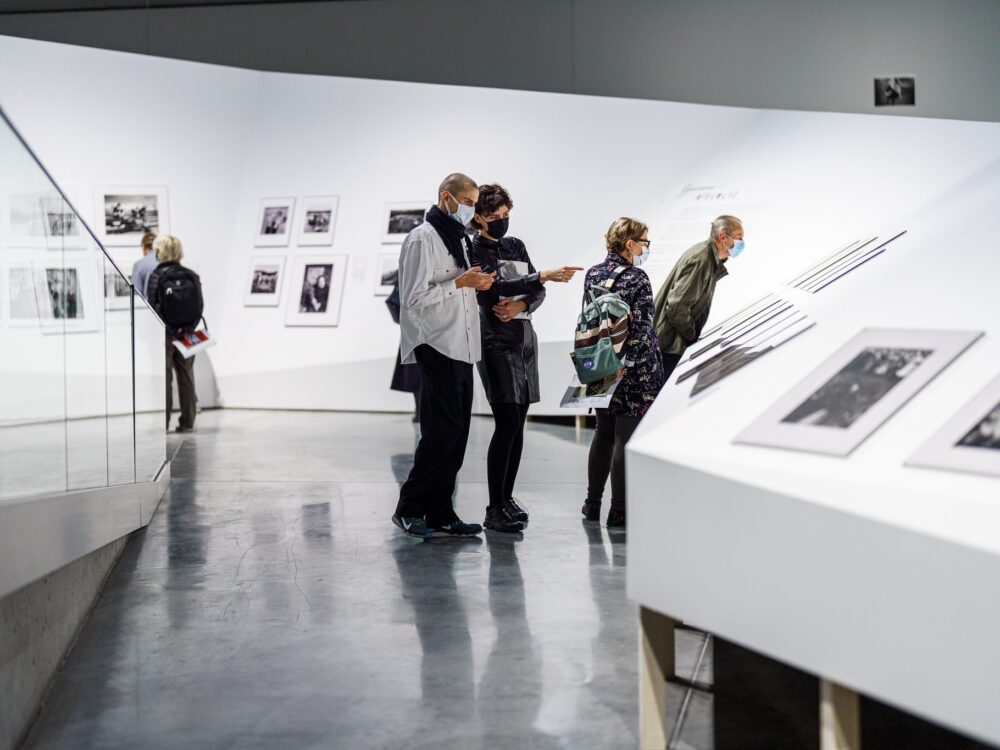
We are happy to announce that our new photography exhibition analysing the theme of celebration – “Celebrate for Change” – is already opened! We participate in state, ideological or religious, mass or personal celebrations, but do we often think about their significance?
The works of Lithuanian photographers and contemporary artists of various generations from MO Museum and other collections present one of the most characteristic features of Lithuanian photography – celebrations.
Exhibition will be opened until 27th of February. You are always welcome at MO and MO ticket is a halfway to us, so:
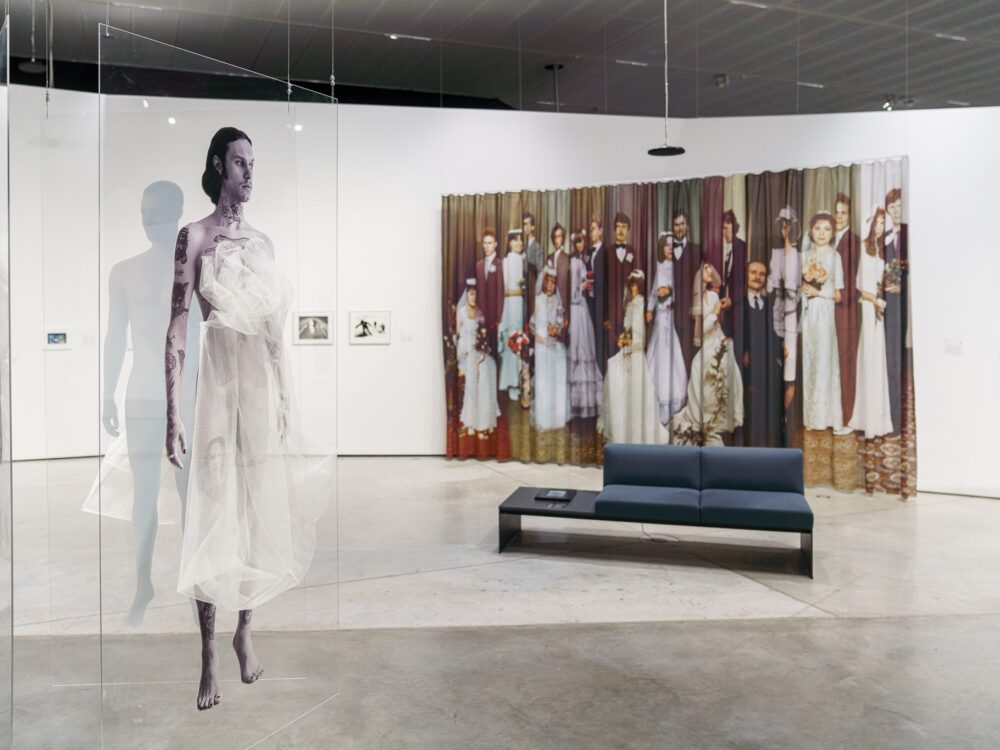
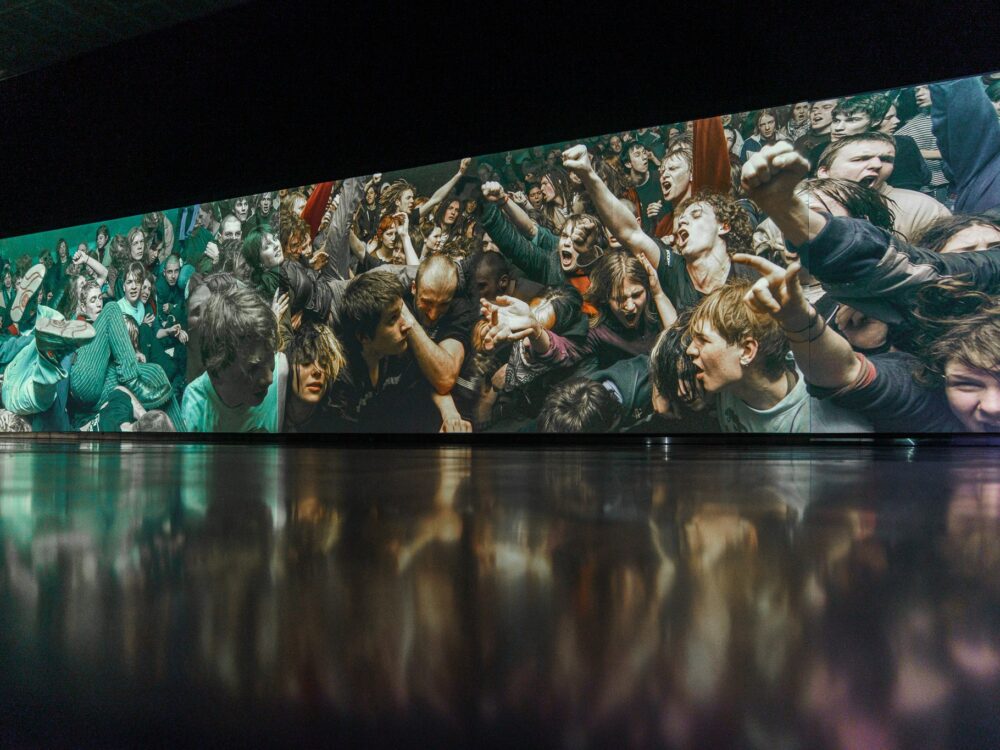
From "A difficult age" into the „Celebration“
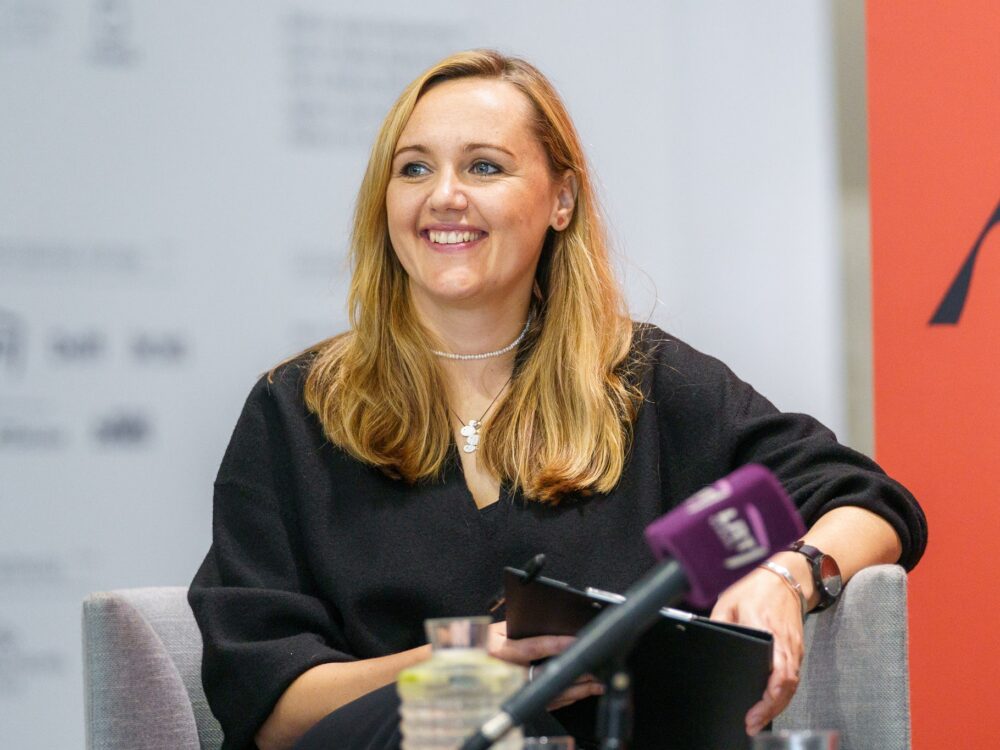
“We have one of the largest photography collections in Lithuania. So, we found it interesting to analyse it through the prism of festivities. The emphasis of the exhibition are the changes that we experience during celebrations and the changes brought by celebrations. So, while we still live in “pandemic mode” – in the time of transition and transformation – the broad interpretation of celebrations bringing changes becomes even more relevant”, says Milda Ivanauskienė, Director of MO Museum.

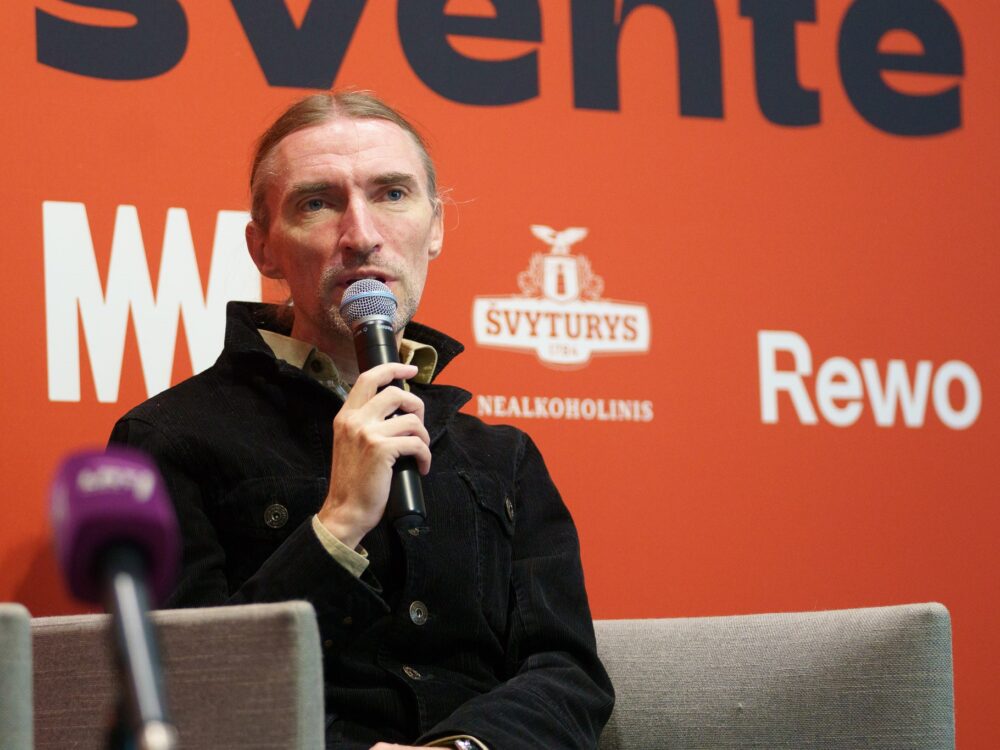
Celebration: personal, political, religious

Exhibition “Celebrate for Change” analyses celebration unconventionally. It shows weddings, Midsummer festivals, Independence Days, anniversaries. What do all these events have in common?
“All celebrations share a common trait: they either help us experience change, or they themselves encourage that change to happen. It doesn’t matter whether these changes occur in our personal lives or within our countries, their structure always remains the same. First, we separate ourselves from the previous way of being, then we live through a transitional period until we finally establish a new identity. The celebration can become resistance to restrictive political systems, social structures and cultural norms. During celebrations, we also create new principles of public life, we get rid of the usual norms of behaviour or social roles”, says Tomas Pabedinskas, the exhibition curator.
Photography and taking photographs
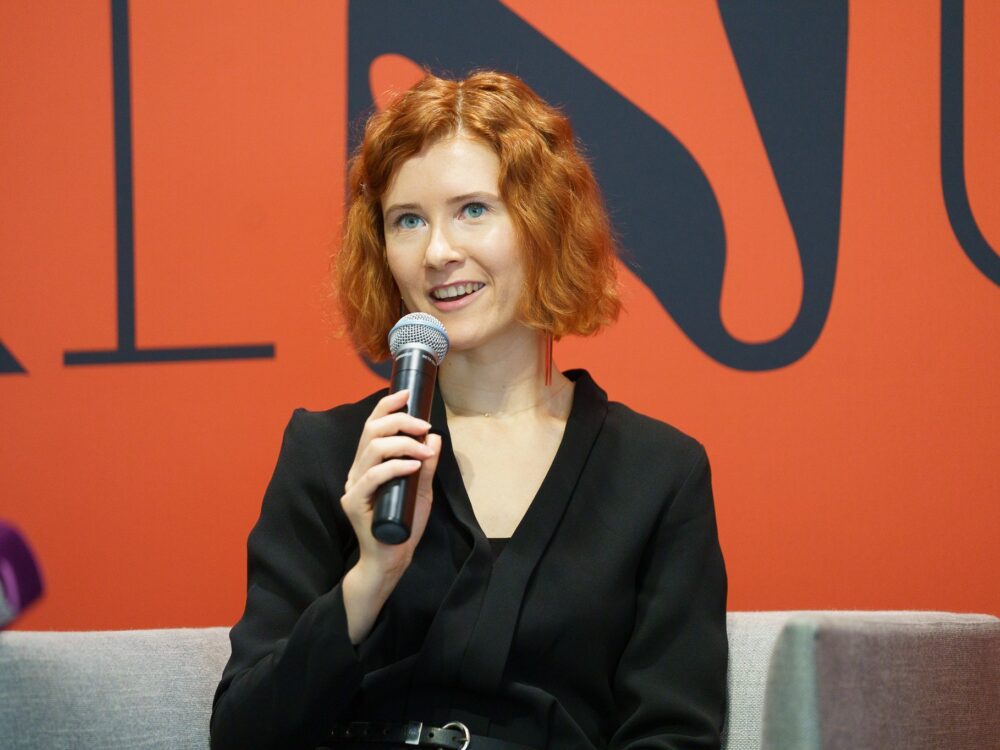
And how is photography involved in celebrations and social processes?
Photography immortalizes the festivities but also becomes a part of them. The ritual of photography establishes the relations between the participants of the celebration, and the photograph seems to guarantee their longevity. Photography often determines the form of the celebration itself, the appearance and behaviour of its participants, and the celebration is turned into a “photogenic” performance
“This exhibition is the first attempt in Lithuania to look at celebrations in such a broad way – what, how and why we celebrate, and how celebration is captured in photography. We analyse celebrations while linking different directions and stages of Lithuanian photography development. At the same time, we aim to broaden the concept of celebration. In this respect, the exhibition is unique in the Lithuanian context,” adds Ugnė Paberžytė, another exhibition curator.

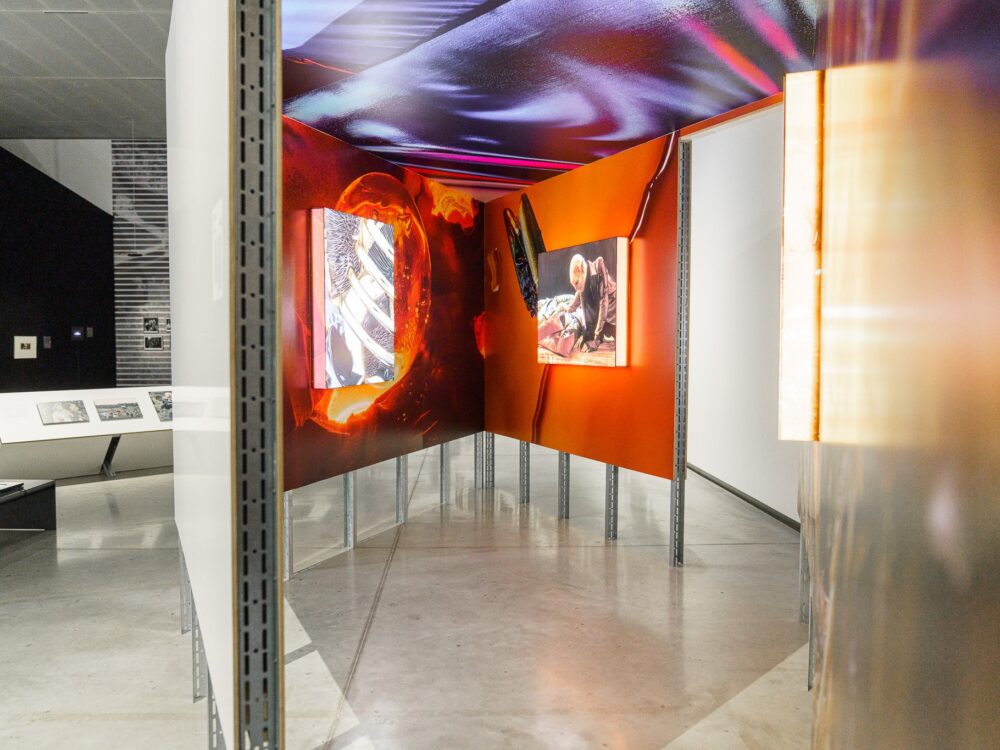
Specific architecture

The architecture of the exhibition also helps to create the atmosphere of celebration, or rather to convey the different stages of it. The exhibition starts with various personal celebrations, depicting them in a calm environment, creating a close relationship between the visitor and the photographs.
Gradually, the space begins to change, and tension is inevitably created. Visitors are brought into an area with a strict structure and very bright lighting. This part of the exhibition offers an insight into national and ideological celebrations. It shows celebrations as reinforcing the existing order and resisting it.
The “gap” that appears in the exhibition helps to escape from the clear structure of the exhibition. Visitors enter a noisy projection that leads to a rebellion – both in the celebration and in the exhibition. The photographs are exhibited as if they have been scattered around the space – thus conveying the aspects of diverse celebrations. There is also a surprise waiting for visitors – they are invited to take a photo in an installation resembling a photo studio. After all, what’s a celebration or exhibition without a photo?!
The final part of the exhibition is more peaceful, both thematically and architecturally. Visitors return to their everyday state of being after experiencing different celebrations and the exhibition.
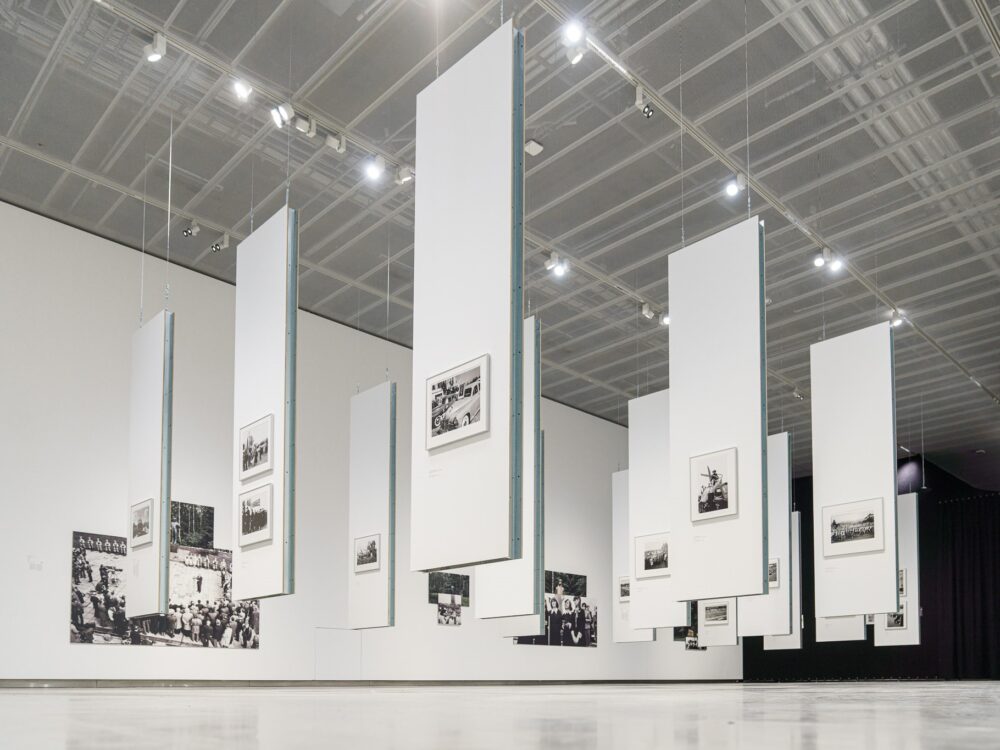
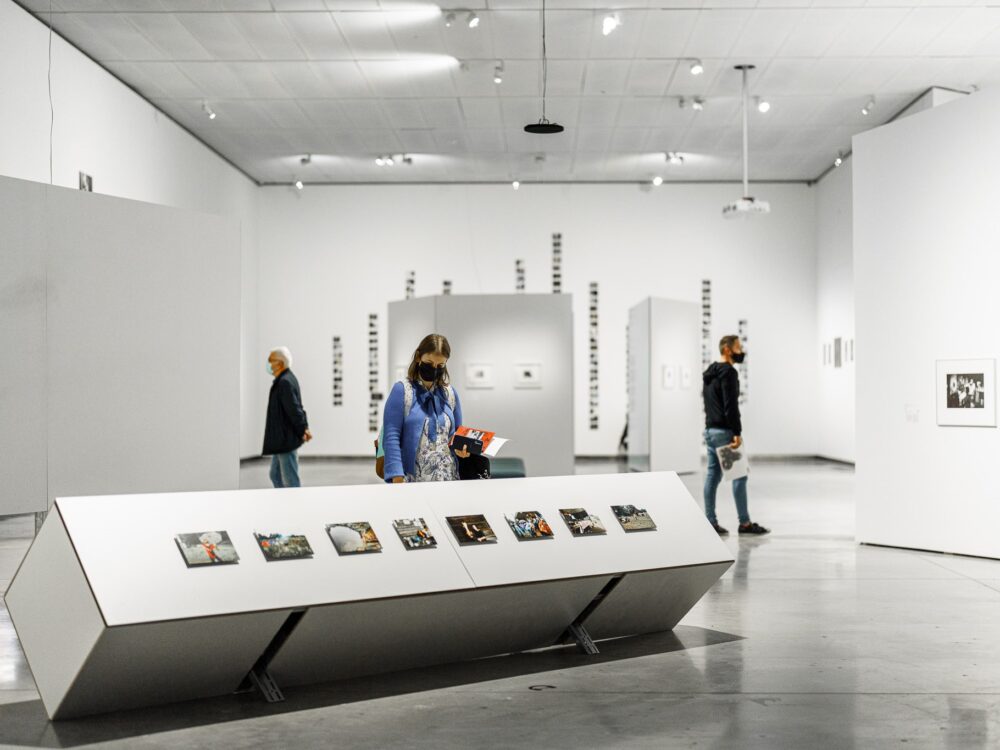
Exhibition is complemented by documentary material
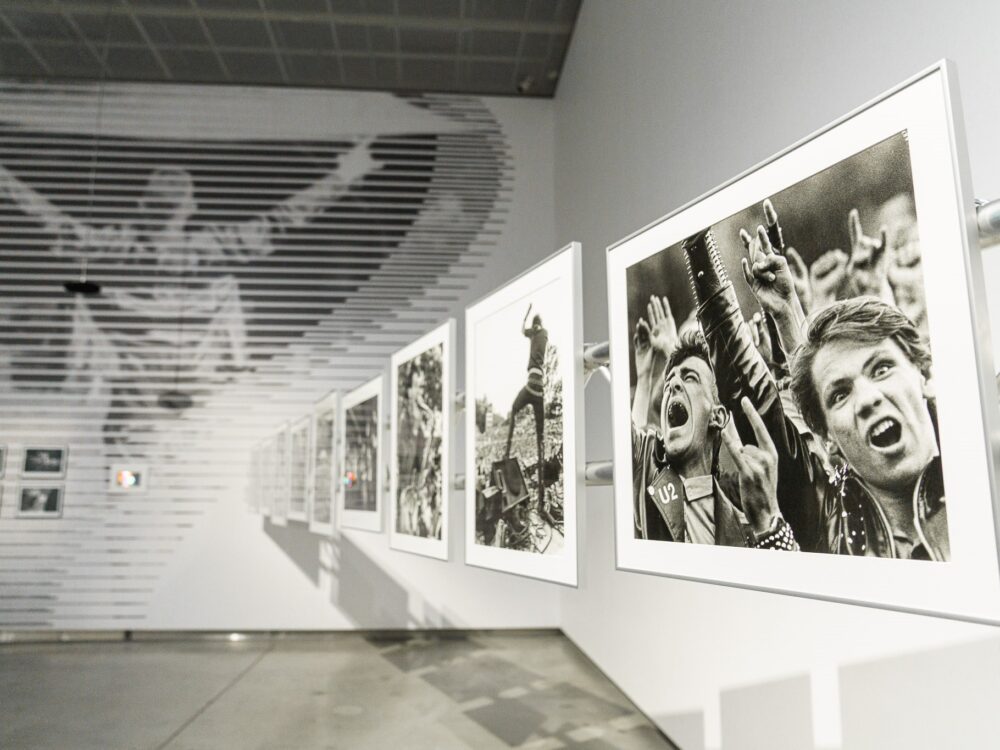
Documentary video and audio footage, as well as excerpts from interviews with participants in the festivals, add authenticity to the exhibition. The documentary allows to see alternative subcultural festivals without an artistic “filter”, to experience what it means to participate in political protests or pagan rituals.
Cultural anthropologist Egidija Ramanauskaitė provided much of the documentary material, revealing the celebrations and rituals of various subcultures. The exhibition also includes stories by Belarusian photographers reflecting recent events in the neighbouring country.

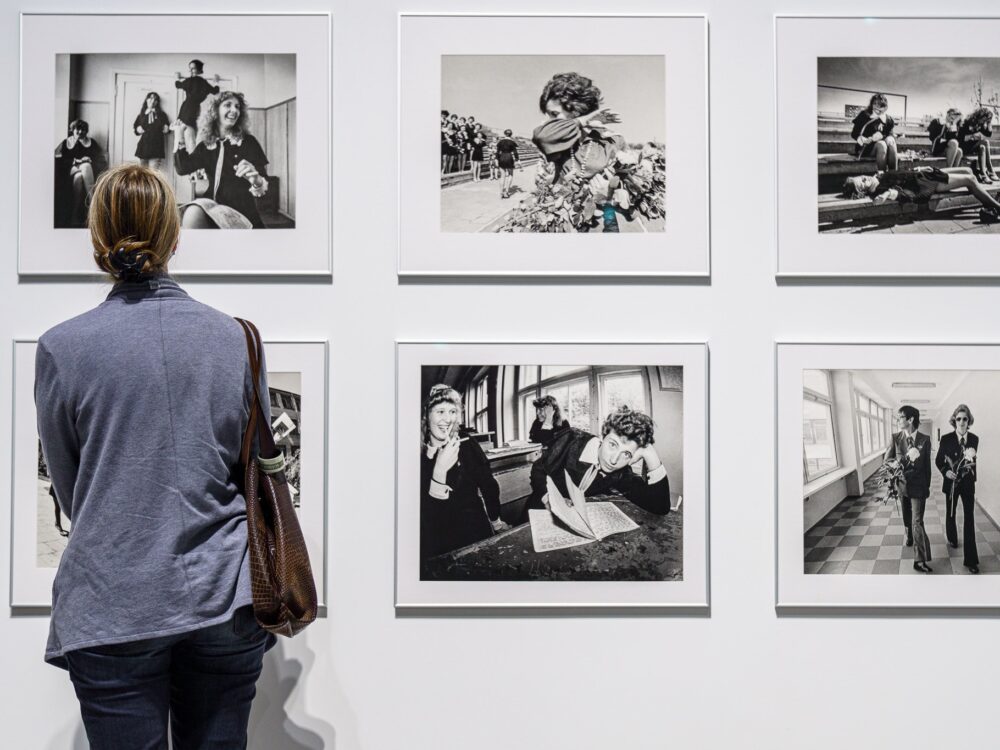
A special e-guide

For each exhibition we create e-guides. So, this time e-guide talks about the authors of the photographs and listeners can learn more about the photographs on display.
The exhibition book takes a broad approach to celebration
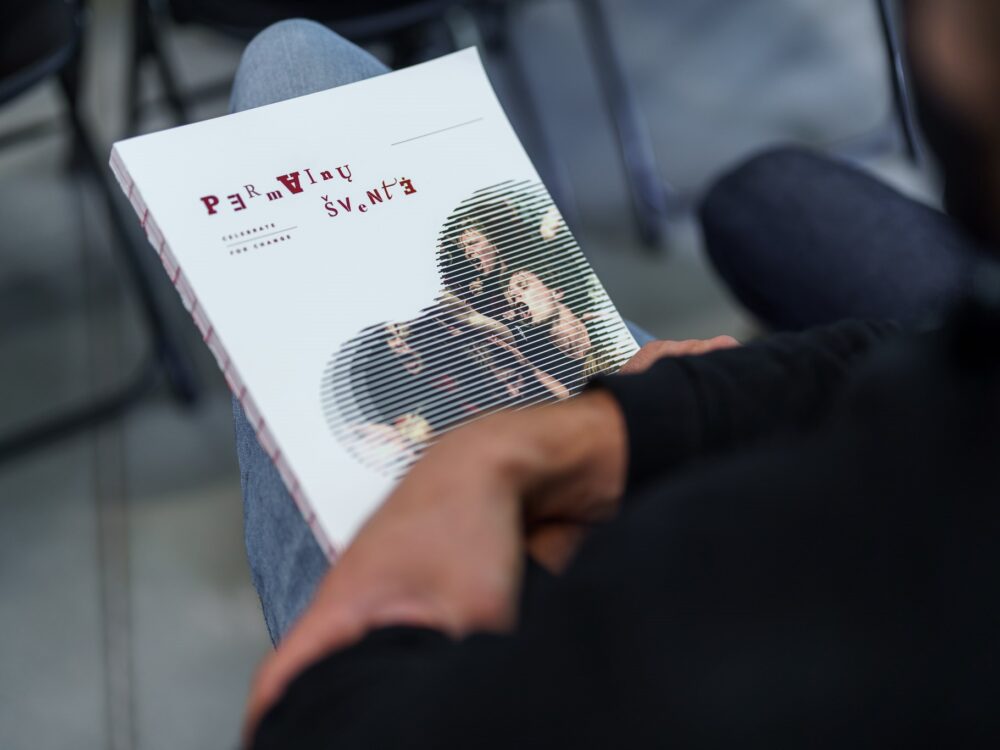
The theme of the exhibition is continued in the exhibition book. In it, researchers from different fields dive even deeper into the theme of the celebration and photography.
The rituals of festivals, the changes that take place during them, the narratives of different subcultures, festivals in the Soviet era, the carnivalesque nature of the contemporary city, and even the paradoxes of a group photography. Different authors expand the theme of the exhibition, so that readers discover new associations and narrative lines.
The curators of the exhibition “Celebrate for Changes” are Tomas Pabedinskas and Ugnė Paberžytė, consulting curator – Arvydas Grišinas, consultant – Egidija Ramanauskaitė, graphic designer – Gytis Skudžinskas, architects – ŠA Atelier (Gabrielė Šarkauskienė and Antanas Šarkauskas).
